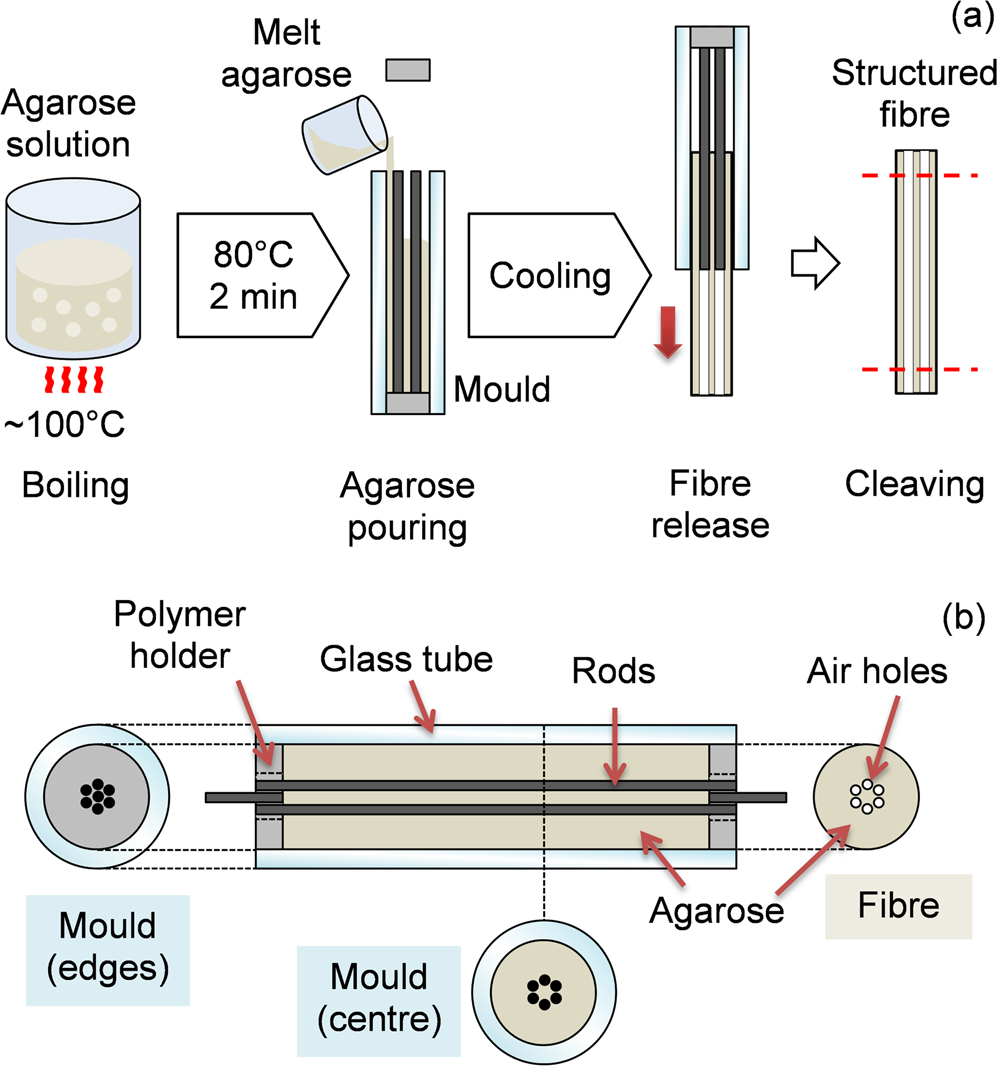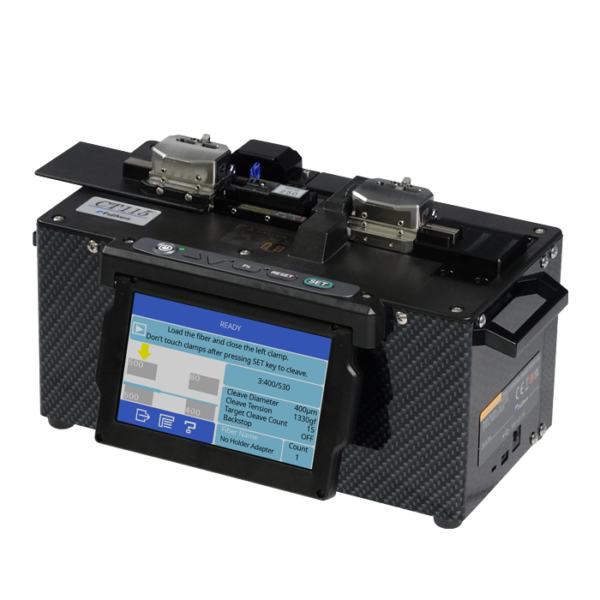How an Optical Fibre Diameter Analyser Provides Consistent Results
How an Optical Fibre Diameter Analyser Provides Consistent Results
Blog Article
Optimize Your Fibre Optic Efficiency: Recognizing Optical Fibre Size Analyser Technology
The performance of fiber optic systems is seriously affected by the precision of their size, an aspect commonly forgot in the search of optimum signal stability. Recognizing the technology behind optical fibre diameter analysers discloses the elaborate equilibrium in between measurement accuracy and production top quality.
Importance of Optical Fibre Size
The size of optical fibre plays an important role in identifying the efficiency and performance of communication systems. It affects numerous vital parameters, including the mode of light propagation, attenuation, and bandwidth capability. Bigger sizes typically enable several light settings, assisting in higher data transmission prices. On the other hand, smaller diameters often tend to support less settings, which can improve signal clearness and decrease crosstalk.

Moreover, recognizing the size's implications can cause set you back savings by lowering the requirement for signal boosting and repeaters in considerable networks (optical fibre diameter analyser). In final thought, the value of optical fibre size can not be overemphasized, as it directly influences the overall efficiency and reliability of contemporary interaction systems

Exactly How Diameter Impacts Signal Quality
Signal top quality in optical fibre systems hinges considerably on the size of the fibre. The diameter affects numerous essential criteria, including depletion, bandwidth, and modal diffusion. A smaller size can bring about greater attenuation prices, resulting in signal loss as light trips through the fibre. This depletion can jeopardize the honesty of the transmitted information, leading to a decrease in signal top quality, particularly over fars away.
Conversely, larger sizes typically permit improved light capture and lowered modal dispersion, boosting signal clarity. In multimode fibers, a bigger core diameter can sustain numerous light modes, yet it might also introduce intermodal diffusion, which can deteriorate signal quality. For that reason, choosing the optimum fiber size is essential for accomplishing the preferred performance in details applications.
Additionally, the interaction in between the fiber diameter and the wavelength of the light made use of plays a critical duty in figuring out the reliable transmission range and overall signal stability. Understanding just how fibre diameter affects signal high quality is vital for network designers and designers aiming to maximize optical fibre systems for dependable, high-speed data transmission.
Review of Size Analyser Technology
In lots of optical fibre production procedures, precise dimension of fibre size is crucial for ensuring consistent performance and top quality (optical fibre diameter analyser). Diameter analysers are advanced tools made to evaluate the physical dimensions of optical fibers with high precision. They employ sophisticated optical and laser modern technologies to measure the diameter, ovality, and concentricity of the fibre, hence supplying important data for top quality control
These analysers can run in-line during the production procedure or as component of off-line screening procedures. In-line systems allow real-time tracking, allowing producers to adjust criteria quickly, consequently preserving optimum manufacturing conditions. Off-line analysers, on the other hand, give detailed evaluations of batches, making sure that any kind of inconsistencies from defined resistances are identified and addressed.
Size analysers dramatically add to the reduction of defects in optical fibers, improving general item reliability. By regularly measuring key criteria, these innovations promote conformity with market criteria and requirements. As the demand for high-performance optical fibers continues to rise, the function of size analysers comes to be progressively vital in accomplishing the desired high quality and performance requirements in fibre optic systems.
Trick Functions of Fibre Size Analysers
Although various designs of fiber size analysers exist, they commonly share several essential attributes that enhance their functionality and integrity. One of one of the most significant functions is high-resolution dimension capabilities, which make sure accurate diameter readings, vital for maintaining high quality control in fibre production. In addition, lots of analysers include advanced optical sensors designed to discover minute variations in fiber diameter, hence supplying invaluable data for procedure optimization.
An additional essential feature is real-time surveillance, enabling drivers to get instant responses on fiber diameter throughout the production process (optical fibre diameter analyser). This capability facilitates quick modifications and reduces the probability of problems. Numerous analysers also come equipped with straightforward user interfaces, making it possible for drivers to easily navigate via data and setups outcomes
In addition, robust information storage and evaluation functionalities are vital for tracking historic efficiency fads and guaranteeing compliance with industry requirements. These functions jointly add to the efficacy of fibre size analysers in enhancing fiber optic performance.
Best Practices for Fibre Optimization

First, regular calibration of optical fibre diameter analysers is vital. This makes certain precise dimensions and decreases potential inconsistencies that can affect performance. Next, maintaining a clean working atmosphere is crucial; dirt and impurities can lead to indicate deterioration.
In addition, it is vital to pick fibres that meet specific application demands. This entails reviewing variables such as attenuation, transmission capacity, and ecological problems. Proper installment click strategies need to likewise be adhered to, consisting of preventing sharp bends and extreme tension, which can jeopardize fibre honesty.
Furthermore, employing innovative surveillance systems can promote real-time efficiency evaluations, enabling timely identification of issues. Regular screening and upkeep must be carried out to make certain that fibres continue to be within optimum functional criteria.
Last but not least, training workers on the most recent fiber optimization technologies and methodologies will certainly boost their capacity to carry out effective methods. By adhering to these finest techniques, organizations can considerably enhance the efficiency and life expectancy of their optical fiber systems, making sure effective communication and data transfer.
Conclusion
Finally, the combination of optical fiber size analyser modern technology is essential for making the most of fiber optic efficiency. By guaranteeing accurate dimensions of fiber measurements, these analysers considerably enhance signal top quality and decrease losses throughout data transmission. Regular calibration and upkeep of the analysers are vital to copyright ideal performance and compliance with sector criteria. Inevitably, the application of this modern technology assists in improved data transmission prices and strengthens signal honesty, adding to the total effectiveness of fiber optic systems.
Signal high quality more in optical fiber systems hinges substantially on the diameter of the fiber.In lots of optical fiber production processes, accurate measurement of fibre diameter is vital for guaranteeing constant performance and quality. As the need for high-performance optical fibers proceeds to increase, the role of diameter analysers ends up being significantly vital in accomplishing the wanted top quality and efficiency criteria in fiber optic systems.
These features collectively contribute to the effectiveness of fibre size analysers in optimizing fiber optic efficiency.
In conclusion, the combination of optical fibre diameter analyser technology is see page crucial for taking full advantage of fiber optic efficiency.
Report this page